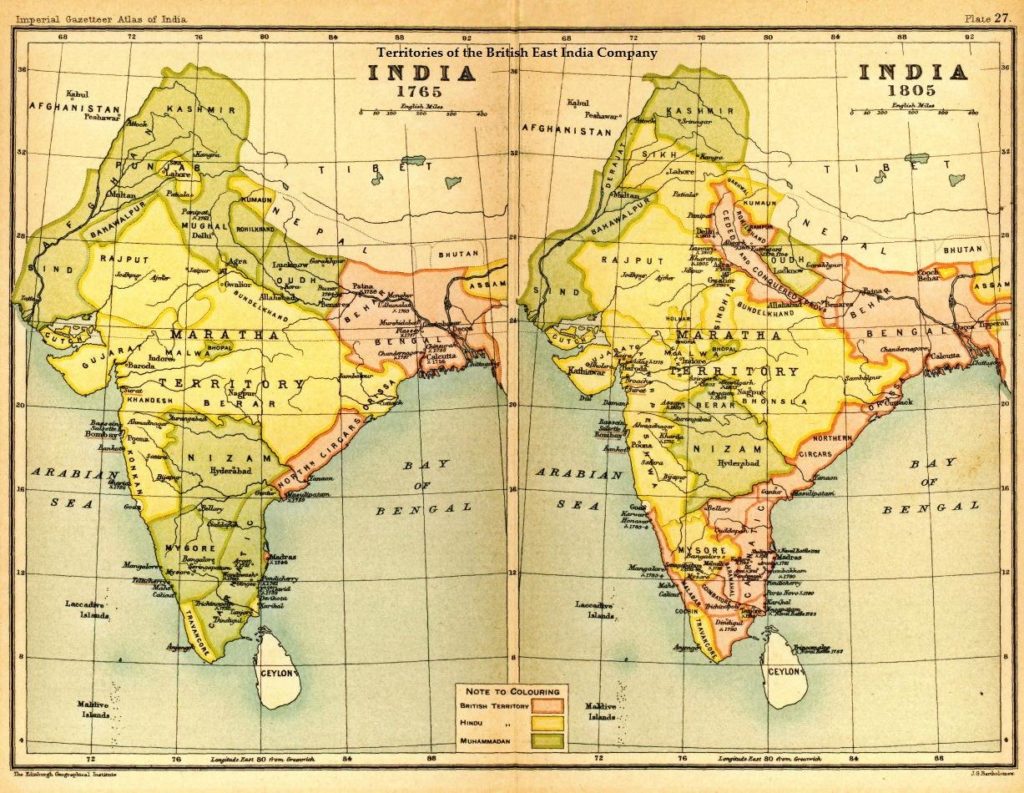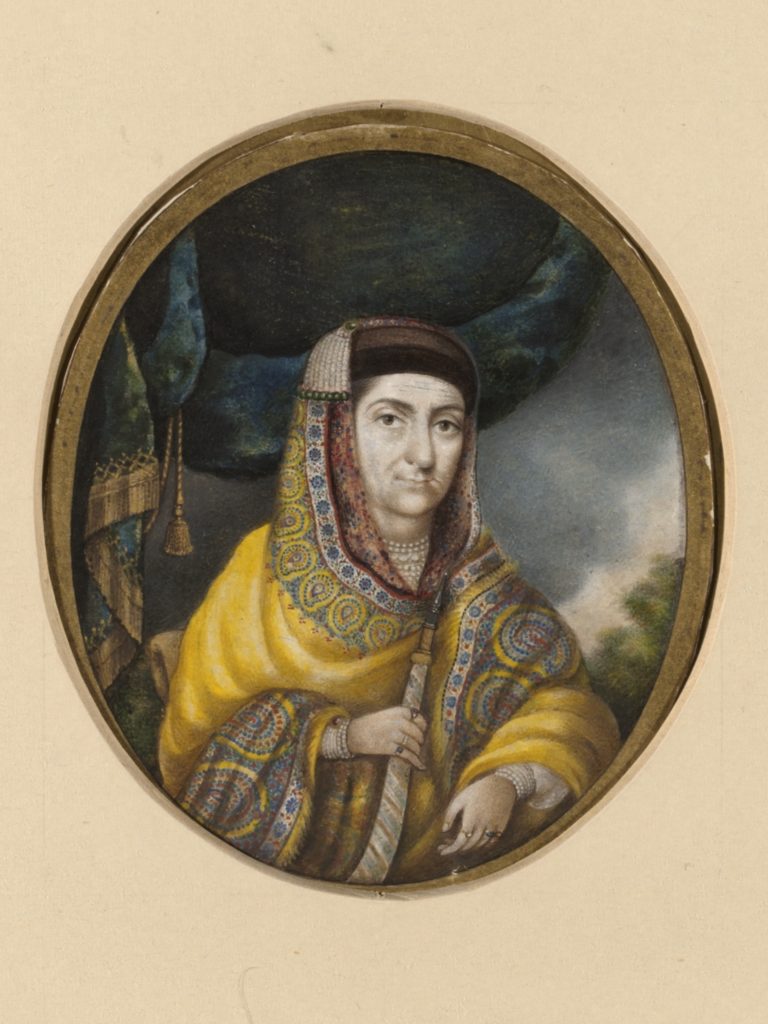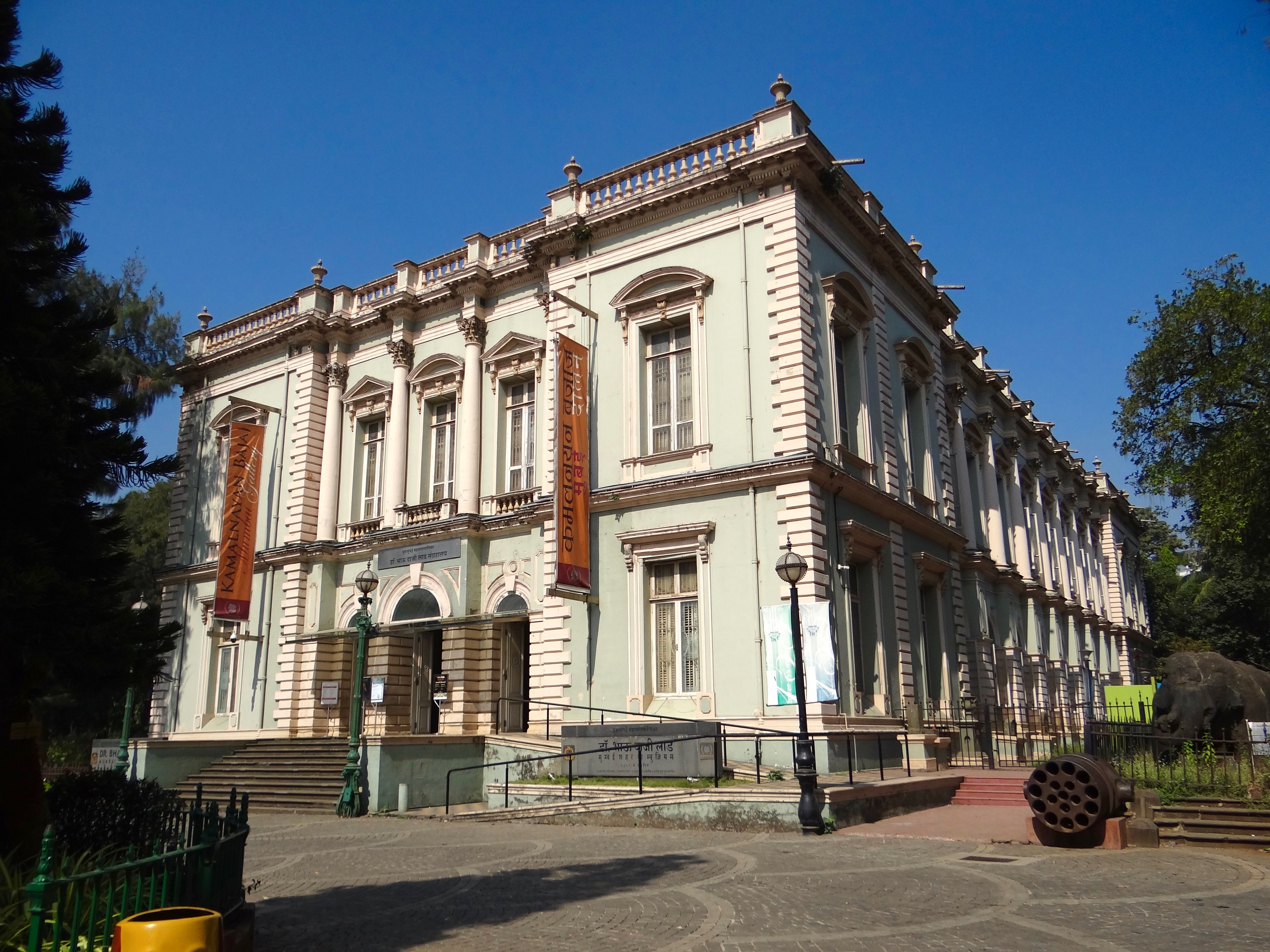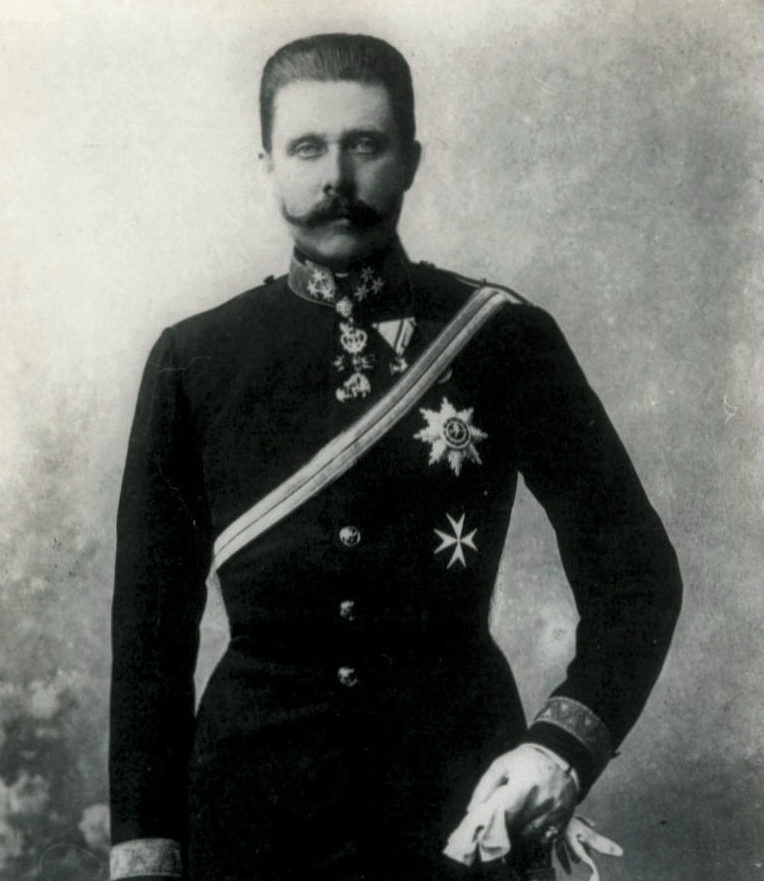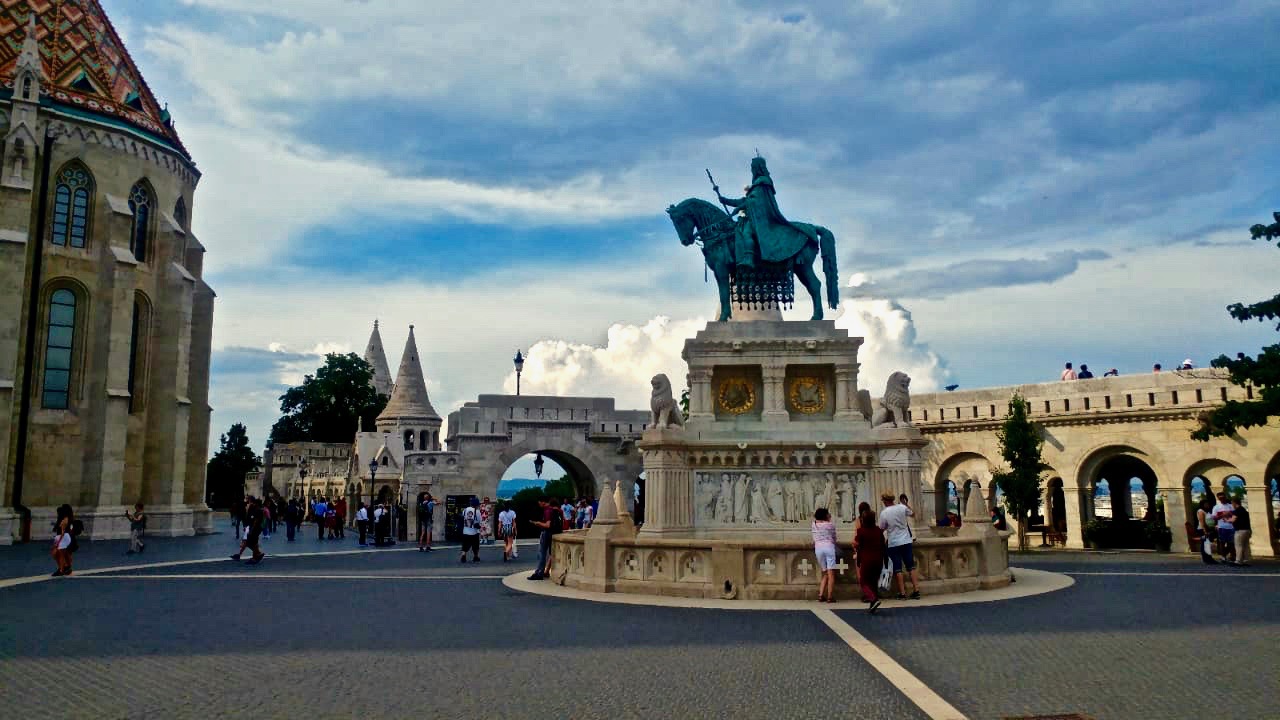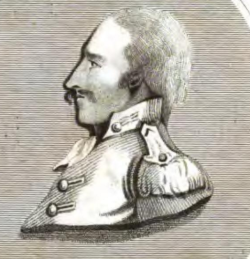
George Thomas: The Irish Rajah of India
George Thomas: The Irish Rajah of India
The surprising story of a young lad from Ireland who became a Rajah in India
While speaking with my fellow history enthusiast I came across a man named George Thomas: the Irish Rajah of India. I was very intrigued by this. How did an Irish Rajah never make it into our history books?
I did some research and indeed such a man did exist. He is a part of multiple memoirs too. George Thomas has gone down in books as an incredible man, one who won plenty battles in his time in the subcontinent.
This victorious stories though seem very fishy. All these memoirs he stars in as a hero have been penned down by Europeans. Back in the 18th century European men, especially those away from their homeland had a special talent to record facts in a very dramatic fashion. These exaggerated facts made their way onto Army men’s boss’s desks and then were passed into other influential hands, often changing the order of events. Sometimes or rather most of the times, these stories were cooked up to impress unassuming naive young ladies back home in Europe.
Considering all this, what remains the crux of George Thomas’ life is the fact that he did lead a rather remarkable one. Thomas went from being a nobody from Tipperary in Ireland to the Rajah of Hansi in India. So how did his life play out?
The Beginning
At 20, George Thomas found himself an orphan with a farmland to till and earn his daily bread from. His parents hadn’t left a bounty behind. To find a decent wage, he travelled south from his village of Tipperary in Ireland. It was perhaps here that the British Army found him or he found them, history books don’t make that very clear.
The army was not the best employer to work for in the 1700s. The working conditions and wages were pitiful. Things had come to such a point where strong and young men were compulsorily taken by the army. It is possible that a strapping young lad that George Thomas was, he was forced into the army this way.
Thomas however knew how to dream. He had given up his tough farm life at Tipperary and now had an opportunity to set sail around the world to the British colonies.
Reaching India
Some 7 years later in 1781, George Thomas reached Fort George in Madras, India.
It seems Thomas was taken up by the mystery that was India. The people, culture and the life here was as exotic and different from Ireland as he wanted. Shortly after docking in the Bay of Bengal, Thomas left the British Army.
He didn’t have much to live with but an ardent desire to explore. To most eyes, George Thomas was a 6 feet tall, robust, agile and decent looking young man.
His built and posture might have been what impressed the Polygars who let him tag along with them. Polygars were feudal militants who assisted rulers in South India to win battles and maintain their territories.
George Thomas was not someone who was trained to win battles especially in the Indian way- close combat. Probably it was while he was running wild with the Polygars that he learned these skills and became good at winning battles with smaller number of troops.
The Taste of Indian Court Life
In 1787, Thomas crossed the entire continent and reached Delhi. You could say that his journey into court life started here.
Delhi at that time was under Begum Somru, the widow of Walter Reinhardt Sombre. At 40, she was amazed by the 6 feet tall Irish man. George Thomas soon became the man who ordered the Begum’s troops. The two of them, some records suggest, became rather close.
Six years later, Thomas found the Begum’s loyalty change to a man from Naples Signor Levasso. The betrayal, the first of many in the subcontinent, made Thomas believe it was time he left the service of the Begum.
During his departure, Thomas gathered 250 men who left the Begum’s service to serve him instead.
Residing in the Begum’s court, Thomas had also acquainted himself with the local language and Persian. He had come to India an illiterate man and now was well versed in two foreign tongues. It might be plausible that Thomas had learnt to read and write these languages as well.
That summer Apakanda Rao approached him. Rao had recently left his master, Mahajee Scindiah in hopes to build his own small kingdom. George Thomas would be the perfect man to win his battles for him.
To show his appreciation, Apakanda Rao gave three jagirs in the south-west of Delhi in Mewattee district to George Thomas. He also regarded Thomas as his adopted son.
———————————-
Enjoying ‘George Thomas: the Irish Rajah of India’? Read about what Archduke Franz Ferdinand thought about India in
———————————-
The Stab of Betrayal
Meanwhile, Thomas’ former lover Begum Somru had tied the knot to the man from Naples who had replaced him, Levasso. To rub salt into the wound, she was now marching towards Thomas’ jagir.
Luckily though due to animosity and jealously blossoming in the Begum’s army, it caused her troops a great hinderance in their journey to Thomas’ land. The army no longer wanted to serve her. Begum Somru’s husband Levasso suicided thinking his wife had killed herself. The Begum was imprisoned and her step son was crowned.
The Begum’s condition became so pathetic that she wrote to Thomas asking for help. A man who never forgot what the Begum had meant to him, saved her in time of need. The Begum spent rest of her life being grateful. She introduced him to the woman who would become his wife and took care of Thomas’ young family when he was away on battles.
On the other hand, matters were changing in Thomas’ own home. Appakanda Rao became a bit cynical and hatched a plan to kill Thomas. He gave Ghosseins Rs.10,000 to successfully assassinate his adopted son. The Ghosseins failed at their job.
Appakanda Rao decided that he had had enough of life. He gave himself up to God and drowned in the Yamuna river.
A Better Life Ahead
Thomas, a little saddened by the loss of his adopted father, no matter the betrayal, had an army of about 700 or more men at this point. The Sikhs saw him as their rival. The Marathas were quick to try and bribe Thomas on their side. The mighty Marathas, since they ruled most of India then, offered Thomas Suniput, Panipat and Carnaul and a revenue of Rs.10 lakh along with 2000 disciplined cavalry and 16 cannons.
Looking back at his life, Thomas saw a young lad from a small town in Ireland who had climbed the ladder and become the chief mercenary of a land miles away from home. George Thomas decided to chance on luck a bit more.
——————————-
Enjoying ‘George Thomas: the Irish Rajah of India’? You’ll love to read about Razia Sultan too.
Razia Sultan: India’s Most Underrated Ruler
——————————-
Becoming King
He set his eyes on the ‘Green Country’ which was Haryana. This region didn’t have a definite ruler. It kept going back and forth between the Sikhs and the Marathas. Seizing the opportunity, George Thomas led his army in a battle against the Sikhs. The result of the battle was the establishment of a new Kingdom and the birth of Rajah George Thomas: the Irish Rajah of India.
The new King was quick to set up his own mint with a brand new coinage under his name. He moved the capital to Hansi and built a fort there called Georgegarh. He held his own court and also kept a harem. Rajah George Thomas sat on the throne from 1798 till 1801.
In 1801, his enemies had caught up to him and the blow of treachery which seemed inevitable in India had robbed him of victory. After a siege and some hard trying times, Thomas knew his time as Rajah was up. Taking what he had left, George travelled to the British settlements and remembered his allegiance to King and country.
The End of A Chapter in History
It was here that he decided to take a break from the continuance wars and fights that had become a part of his life ever since he had joined the Polygars in his late twenties. George Thomas decided to return home to Ireland.
Before bidding adieu to his second home, India, Thomas dictated his memoirs. He also gave the British some information to defeat the Marathas in exchange for money which would help him lead a quiet life in Ireland.
Unfortunately George Thomas was not to see his homeland again. Just before departing for Ireland, he caught a fever and passed away.
Even though the life of George Thomas is forgotten today, some Irish men still remember him as a man who left the country as a lad and carved out a name for himself in a foreign land miles away from home. Nobody can justify if George Thomas was the real name of this man or was it something he adopted when he came to Fort George in India.
What was remarkable in Thomas’ life was the fact that betrayal seemed to follow him wherever he went but never once did he stab his friends in the back. On the contrary he helped them in any way he could. Such was the man we call George Thomas: the Irish Rajah of India.
What did you think about George Thomas: the Irish Rajah of India’s story? Comment below.
Share ‘George Thomas: the Irish Rajah of India’ with your friends of social media
Did you know about an Irish Rajah of India? Here is his exciting story http://giglee.in/george-thomas-irish-rajah-of-india/ Click To Tweet






